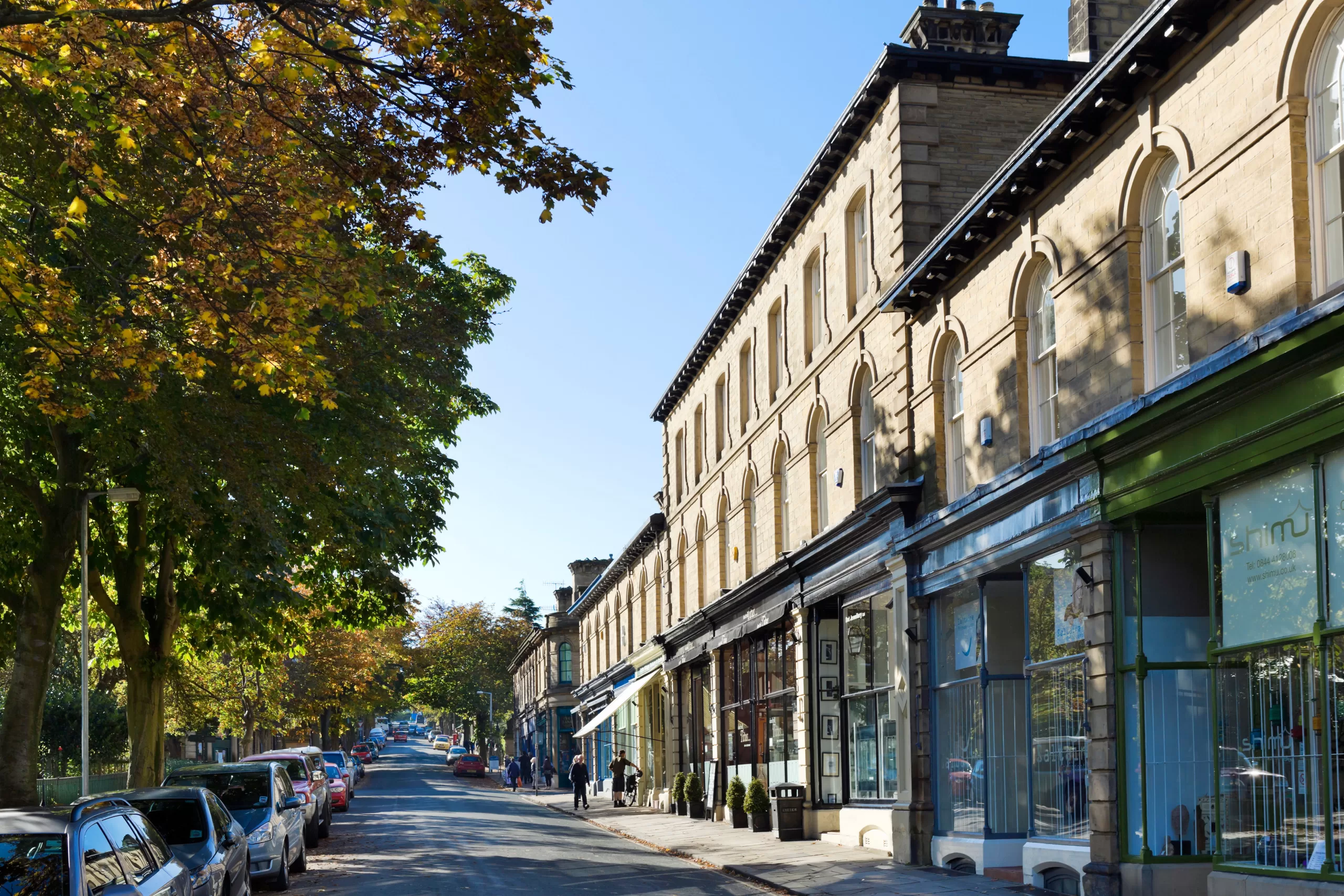Saltaire, a Victorian village in West Yorkshire, was awarded the status back in 2001.
It was first created as a model village, with houses built for the Salt Mill factory workers between 1851 and 1871.
Built by Sir Titus Salt, a leading industrialist in the wool industry, it is now often named one of the best villages in the UK.
It’s been called one of the best villages by Which? as well as one of the most beautiful by the Telegraph.
And last year it was named the second poshest in the UK by The Times.
Locals have raved about it too.
Gemma Baxter, 44, told Sun Online: “It is a very pretty village so I’m not surprised it has been placed high in the chart.”
It is home to a David Hockney attraction in the free-to-enter Salt Mills gallery, which is the largest collections of his works in the world.
Also inside the Salt Mills, the main attraction of Saltaire, are shops selling books, posters, jewellery and antiques, along with coffee bars and a diner.
Tourists can visit the Grade II-listed Victoria Hall, or Roberts Park which often has free live music concerts.
Saltaire is also known for it’s beer – with many of them winning awards.
Their Triple Choc was given the gold in the World Beer Awards, while the the Helles and Northern Light were given the gold in the SIBA North East Regional awards.
Previous visitors have rave about Saltaire too.
One said: “This really is one of the best model villages in the UK.”
Another agreed: “It’s amazing this piece of history has survived in such original condition. It’s literally like stepping back in time.”
A third simply said: “A real gem of a place.”
You can get there easily, with the village having its own train station, or you can explore by boat which costs just £4.
Another little UK village has been compared to a 1940s film set.
Haworth in Yorkshire is home to just 6,000 people, which once included the Bronte sisters.
Another English village is said to have “frozen in time”.
Downham has been owned by the Assheton family since the 16th century and has no road signs or TV aerials.
The UK’s World Heritage Sites
This is the complete list, and the date when each landmark was officially recognised…
- Blaenavon Industrial Landscape (2000)
- Blenheim Palace (1987)
- Canterbury Cathedral, St Augustine’s Abbey at St Martin’s Church (1988)
- Castles and Town Walls of King Edward in Gwynedd (1986)
- City of Bath (1987)
- Cornwall and West Devon Mining Landscape (2006)
- Derwent Valley Mills (2001)
- Dorset and East Devon Coast – Jurassic Coast (2001)
- Durham Castle and Cathedral (1986)
- Frontiers of the Roman Empire (1987)
- Giant’s Causeway and Causeway Coast (2001)
- Gorham’s Cave Complex (2016)
- Gough and Inaccessible Islands (1995)
- Heart of Neolithic Orkney (1999)
- Henderson Island (1988)
- Historic Town of St George and Related Fortifications, Bermuda (2000)
- Ironbridge Gorge (1986)
- Maritime Greenwich (1997)
- New Lanark (2001)
- Old and New Towns of Edinburgh (1995)
- Palace of Westminster and Westminster Abbey, including St Margaret’s Church (1987)
- Pontcysyllte Aqueduct and Canal (2009)
- Royal Botanic Gardens, Kew (2003)
- Saltaire (2001)
- St Kilda (1986)
- Stonehenge, Avebury and Associated Sites (1986)
- Studley Royal Park including the Ruins of Fountains Abbey (1986)
- The English Lake District (2017)
- The Forth Bridge (2015)
- Tower of London (1988)




